Why is there frost on the underside of my roof overhang?
Here's a new one that I'm hoping someone can help with. My new house with a flat roof and substantial overhang is causing a problem that's difficult to solve. Frost is building up on the underside of the overhang roof deck and when the sun/temperature gets warmer there is water that drips through the tongue and groove soffitting. Please note that the soffits are non vented as the flat roof/attic area of the house is spray foamed so that the "rim joist" of the roof is spray foamed as well as the under deck of the roof area. I do however have led wafer lights in the soffitting and believe that this could be causing the frost build up. However another contractor has told me that you need moisture for frost to occur and that the lights themselves would not cause this. I'm not so sure about that and have had conflicting answers in that regard. Any opinions on this would be greatly appreciated. Thank you.

















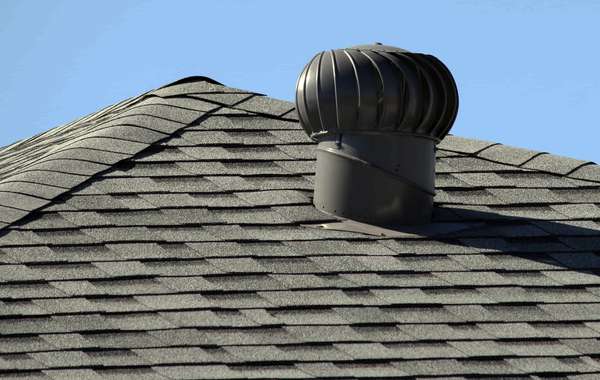
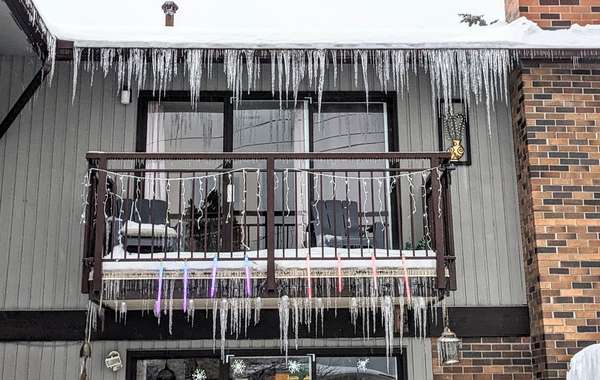
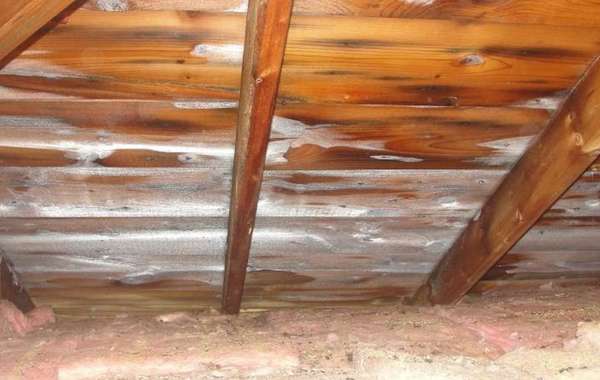
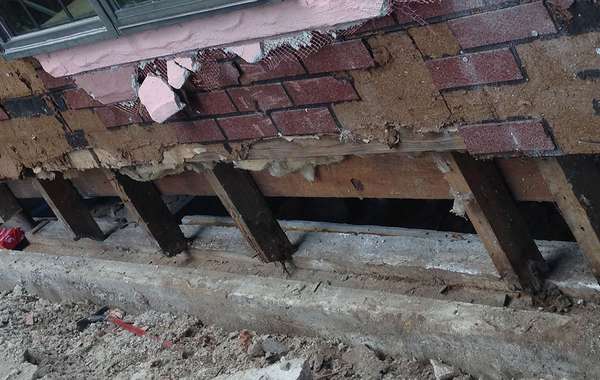
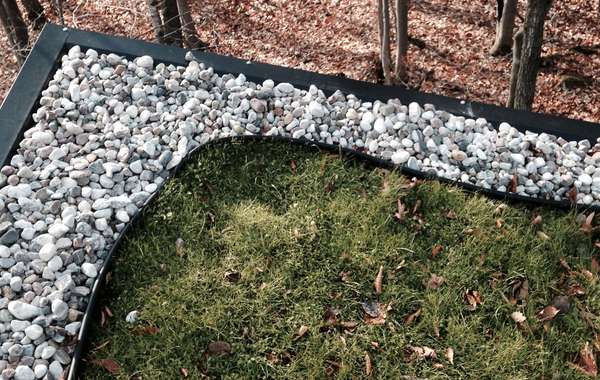
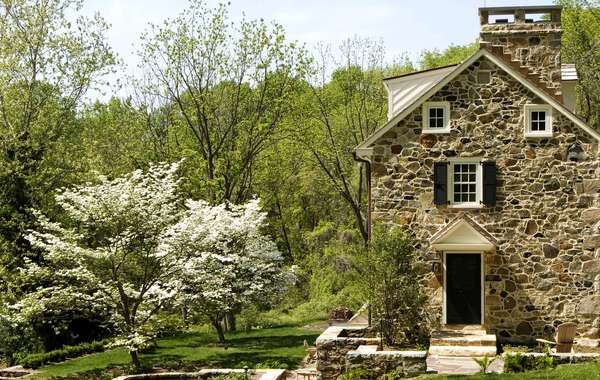

You need moisture for frost to form, and I think of all the opinions here yours sounds about right.
There is moisture in warm air, and remember that LEDs don’t release a lot of heat, but they do release some, which may be enough for the dew point within the unvented space to be reached. You do need moisture for frost to occur, and warm air has tons of it in it.
Most likely adding a strip of ventilation in the soffit (perforated metal strips used in wood soffits) would probably create enough ventilation to prevent the air from hitting the dew point. We have never been fans of unventilated roofs, as far as we are concerned they are asking for trouble in cold climates, so getting some air though there to dry it out may solve your problem.
Here is out page about why is there frost in attics and how to fix it, for anyone else reading along with similar problems.
Thanks for your reply/opinion Emmanuel, it confirms what I was thinking that there is moisture in air itself and the heat causes it to condense and form the frost on the underside of the overhang sheeting, contrary to what another so called "expert" told me that there must be moisture coming from somewhere else to cause the condensation. I'm wondering if placing insulation on top of the led pot lights would help alleviate the problem rather than putting in ventilation strips as the work involved to remove the soffitting and install vent strips would be a fairly extensive job. It seems the led pot lights that were installed are rated zero clearance for insulation. Any thought on this?
More than likley lack of roof-to-wall vapour barrier continuity. Typcial of this construction. Builder should have applied non-skinning butyl caulking b/w ever T&G joint over the top of the exterior walls. Small focused air leaks transport a lot of H20.